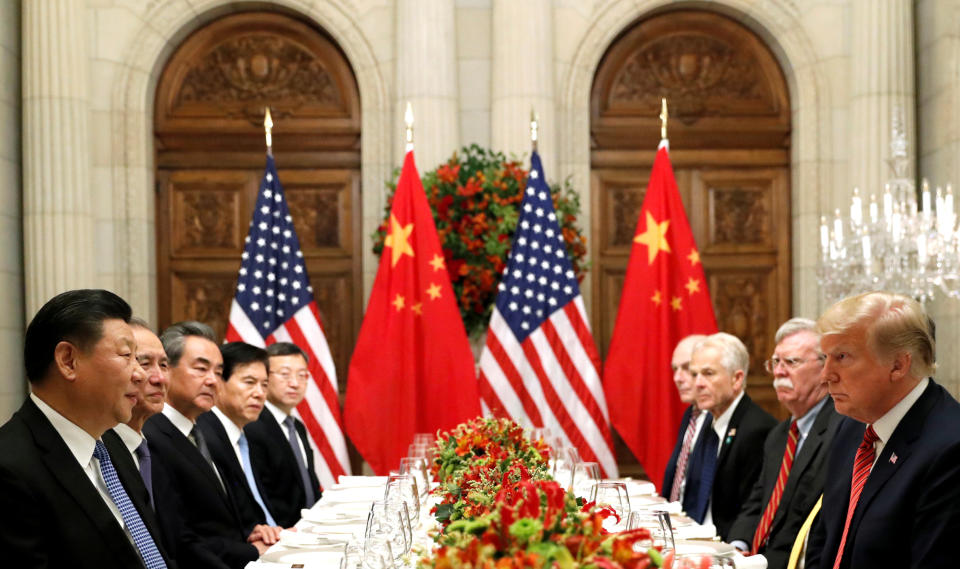US-China trade war is 'new normal for 3-5 years'

The US and China may have confirmed that they have made progress and are inching towards a trade agreement but markets are somewhat subdued. In Asia, markets have moved up less than 1% for the last two days.
This is because investors see the US-Sino trade tension as the “new normal,” according to capital markets and investment group CLSA.
“We believe trade tension will become the long-term new normal over the next 3-5 years and this will not change despite some phased deal between the two nations,” said CLSA in a note to clients.
“We believe positive news from the trade talk can help ease market concern supporting expectations of economic stabilisation in the short term. This will benefit value names which are economically sensitive, but at low valuations.”
READ MORE: China threatens 'consequences' if Germany bans Huawei
Over the last few days, Beijing backed off from slapping extra tariffs onto US goods after president Donald Trump’s administration made a move that defused trade tensions. Essentially, phase one of the deal sees the US cutting tariffs on $120bn (£90.5bn) worth of Chinese goods in exchange for Beijing buying US goods.
This is where the US currently stands:
Suspended: An extra 15% tariff on $160bn worth Chinese imports scheduled to be implemented on 15 December
Cut: Existing 15% tariff on $120bn worth Chinese imports will be cut to 7.5%
Unchanged: Existing 25% tariff on $250bn of Chinese imports
“Ultimately, whether this whole agreement works is going to be determined by who’s making the decisions in China, not in the United States,” said US Trade representative Robert Lighthizer.
“If the hardliners are making the decisions we’re going to get one outcome, if the reformers are making the decisions, which is what we hope, then we’re going to get another outcome.”
While the deal is yet to be signed, Trump said on Monday that the deal is nearly complete: "I said make sure you have the right translators because you can lose a lot with bad translation. So we're working on getting that done.”
CLSA emphasised that even though there may be more phased deals, the US-China trade war will be around for at least three more years.
“We hold our view unchanged that that trade war will still become a long-term normal in the following 3-5 years, with or without any more phase-based deals in the future,” said analysts in the CLSA report.
READ MORE: Brexit: UK 'can get a free trade deal' with EU in 2020
“Learning from Japan, China will continue to focus on developing its domestic substitute (especially in Tech area), carrying forward the industry upgrading, deepening the reforms and accelerating its pace towards quality growth.”

 Yahoo Finance
Yahoo Finance 
